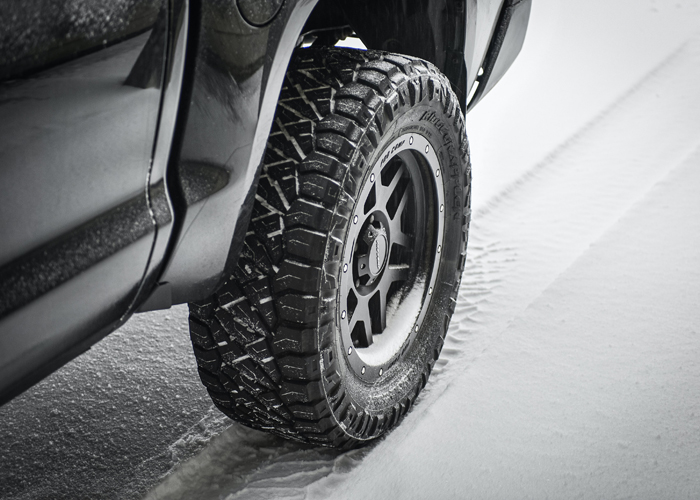WINTER has delayed its arrival this year, but it is finally upon us with the temperatures easing into single figures and positively plummeting at night. For many of us, the only indication of the outside temperature is on the hasty dash between warm house and cosy car – and perhaps a few minutes waiting for the heating to get up to temperature as you start your commute. But your tyres are outside all the time and can take the brunt of the cold weather. Especially if you are living in Scotland, you have to be vigilant about your car tyres this winter.
Here is how you can keep your tyres in the best possible condition throughout the winter.
Proper Inflation
You should keep your tyres at the correct level of inflation at all times anyway, but this is especially important in cold and freezing weather. Modern tyres have been carefully designed and manufactured and their best operating condition occurs when the tyre is inflated to within the manufacturer’s recommended range. Overinflated tyres can tend to burst as the rubber is under too much strain, while underinflated tyres can feel sloppy under your hands, giving you the sensation that you are out of control – or even making it more likely that you will lose control which is never a desirable circumstance.
Keep Them Clean
Keep your tyres as clean in winter as you do in summer, even though washing your car in winter isn’t nearly as much fun as doing it in the warmth of summer sunshine! This will allow you to quickly spot any small signs of damage that could indicate a larger problem on the way. If you do spot missing chunks of rubber, cracks, dimpling or bulging in the sidewalls: anything that could indicate the imminent failure of your tyre.
Change Your Tyres Correctly
While you should always have the right tyres fitted to your car in order to maximise fuel efficiency, performance, comfort and a number of other factors, it becomes even more imperative in winter, when having the wrong tyres on your car can be exactly the same as wearing the wrong type of shoes when trying to walk on icy surfaces.
Tyres should be, ideally, changed all at the same time, with new identical new tyres going in place of the old set. If this is a financial impossibility, then changing the tyres in twos is not a bad option. For example, your front tyres will be the most worn, so you can discard those two, moving the lightly worn back tyres to the front, and putting the new tyres on the back. (For front-wheel drive cars, you can reverse this process.) Then, when the front tyres once again need replacing, you repeat the process. If you have a limited budget to spend on tyres, there are many local tyre shops – for example you can buy tyres in Dunfermline and have them fitted at Fife Autocentre – visit the website here. Their price points are friendly and you can even choose branch fitting or mobile tyre fitting especially when you are changing the tyres in two.
If you can afford an entirely new set of four all at the same time, you can then use tyre rotation and careful alignment and balancing to make sure your tyres wear as slowly as possible and as evenly as possible.
Change to Winter Tyres
Once the temperature is below 7°C on a regular basis (usually this happens in the UK at around the time the clocks change at the end of October) you can opt to change to winter tyres. While this may seem more expensive – owning two sets of tyres – in fact, it can work out costing you the same or even less in the long run as the two sets will last for twice as long as one set. Winter tyres are made from softer rubber which means that they remain flexible even when it is below freezing, and they can grip onto icy, wet and muddy surfaces with much more ease than your regular tyres.










